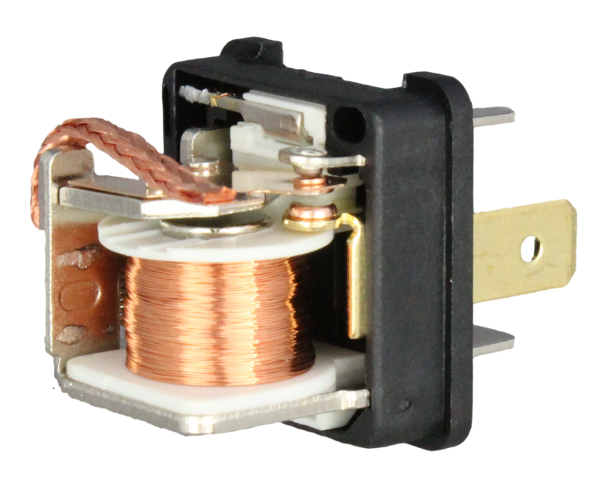L2.4 – Learning the concept of Relay
What are some of the Agricultural Electronic Equipment?

Agricultural electronic equipments are tools and devices that use technology to help farmers manage their farms more efficiently. Some common examples include:
- Soil moisture sensors: These measure the amount of water in the soil and help farmers determine when to water their crops.
- Weather stations: These monitor weather conditions like temperature, humidity, and rainfall, and help farmers make decisions about planting, harvesting, and irrigation.
- GPS systems: These use satellite technology to help farmers map their fields and keep track of their crops.
- Drones: These flying devices can be equipped with cameras or sensors to help farmers monitor crop growth and health from the air.
- Automated Irrigation systems: These systems use sensors, timers, and other technology to water crops automatically, reducing the need for manual labor.
- Tractors and farm machinery: Many modern tractors and farm machinery use electronic systems to help farmers operate them more efficiently and accurately.
- Livestock tracking devices: These devices help farmers keep track of their livestock, monitor their health, and manage their movements.
These are just a few examples of the many different types of agricultural electronic equipment available to farmers today. By using these tools, farmers can make their farms more productive, efficient, and sustainable.


An electronic relay is a type of switch that uses electricity to control other electrical devices. Think of it like a remote control for your TV. Instead of pressing a button on the TV to turn it on, you press a button on a remote control and it sends a signal to the TV to turn it on.
An electronic relay works similarly. When an electrical signal is sent to the relay, it switches on and sends a signal to another device, like a light, a motor, or a heater. This allows the relay to control the device from a distance, or to turn it on and off automatically.

Read the answer below.

Relays are important in farms because they allow farmers to control and automate various systems and equipment remotely or automatically. This can save time, energy, and money, and make farming more efficient and effective.
For example, a farmer might use a relay to control an irrigation system. By using a relay, the farmer can turn the system on and off automatically depending on the soil moisture level. This helps to conserve water and ensure that the crops receive just the right amount of water they need to grow properly.
Similarly, a farmer might use a relay to control lighting in a barn or greenhouse. By using a relay, the farmer can turn the lights on and off automatically, depending on the time of day or the presence of animals. This helps to conserve energy and keep the animals healthy and comfortable.
Overall, relays are important in farms because they allow farmers to control and automate various systems and equipment remotely or automatically, making farming more efficient and effective.

![]()
